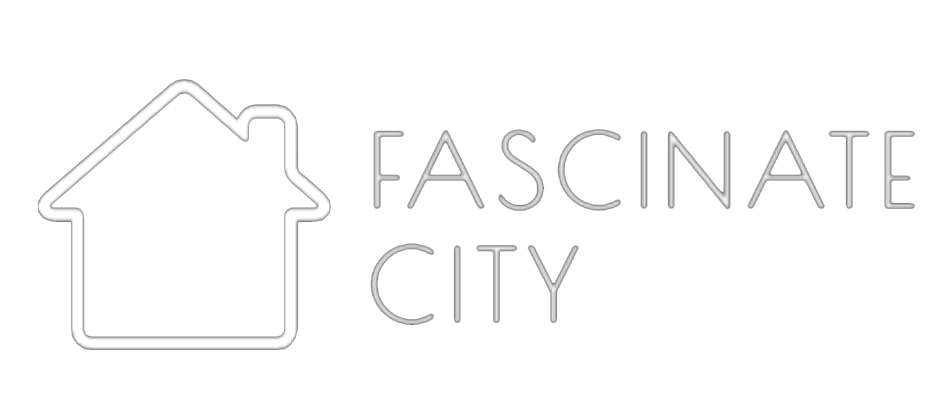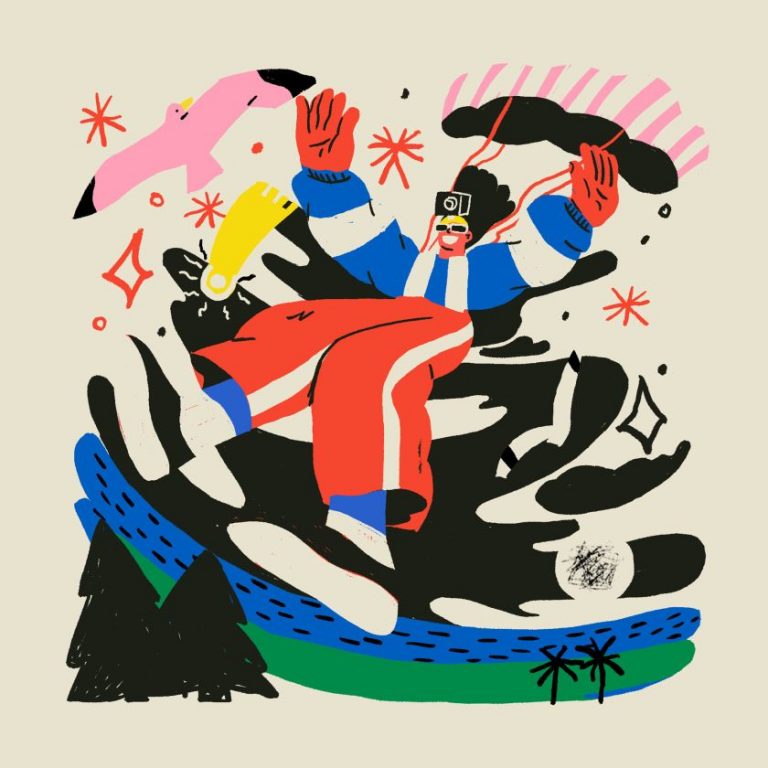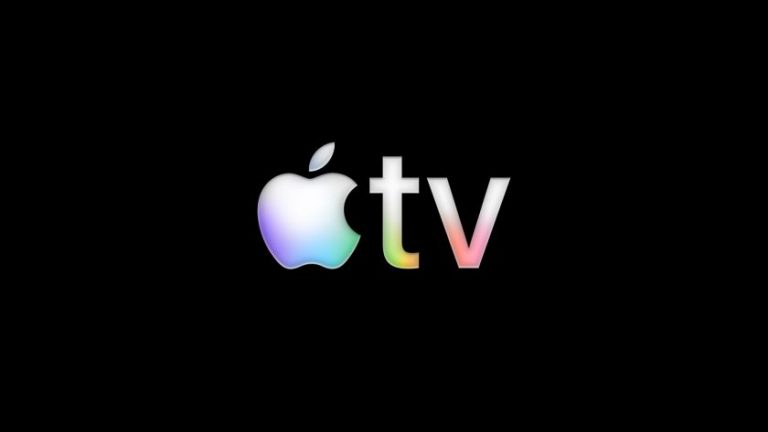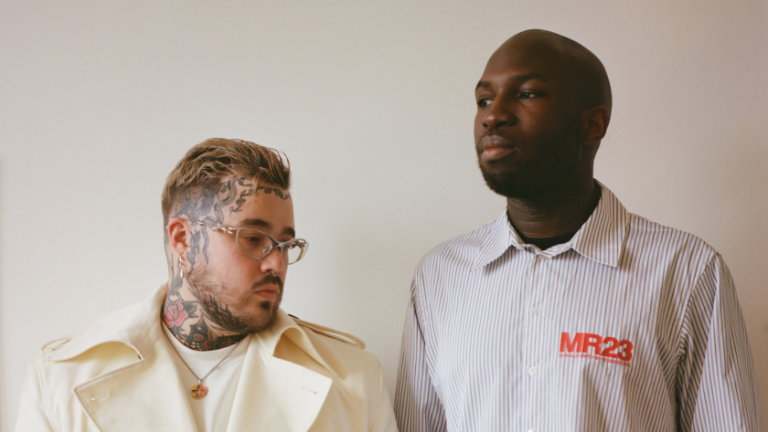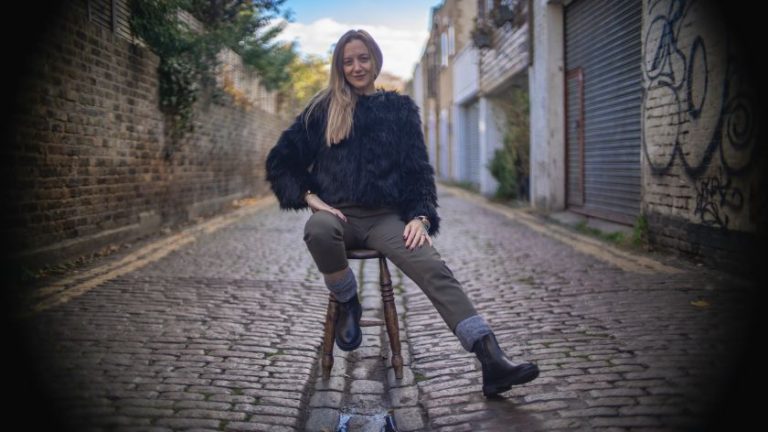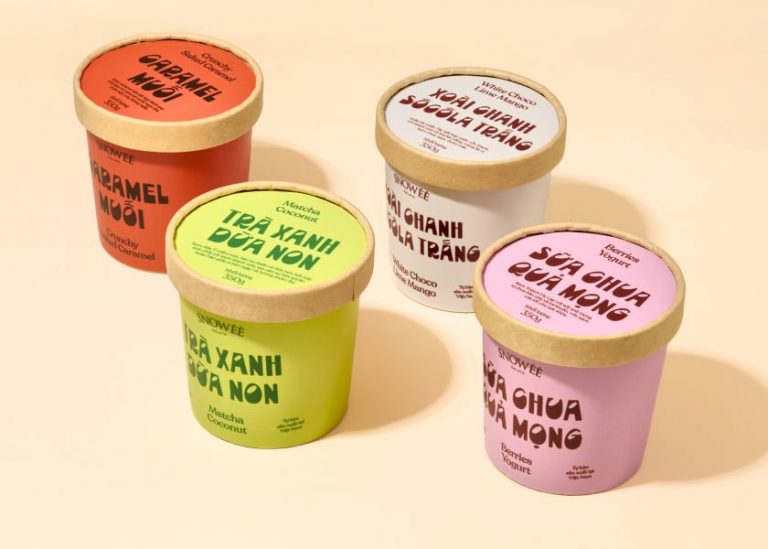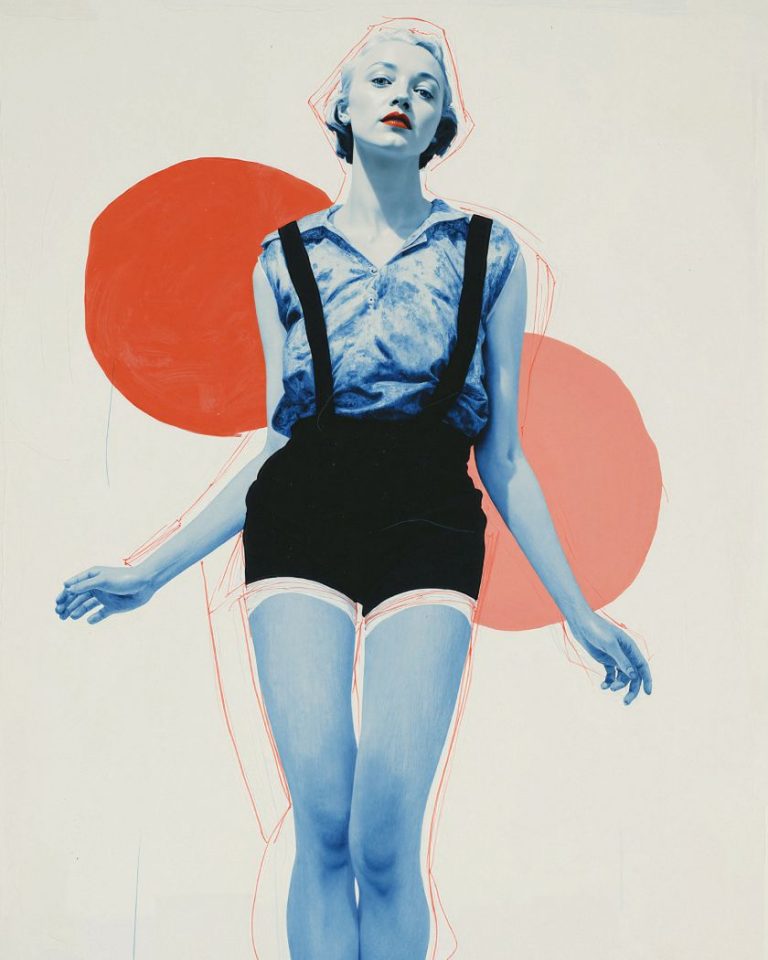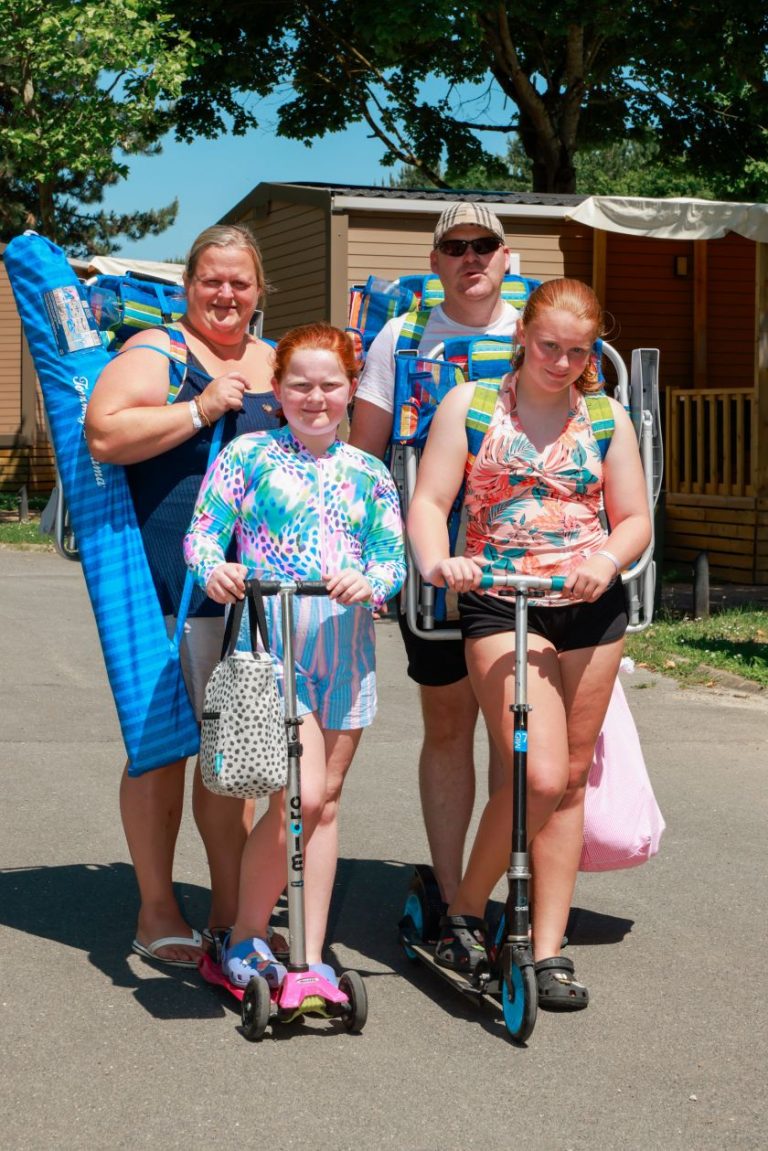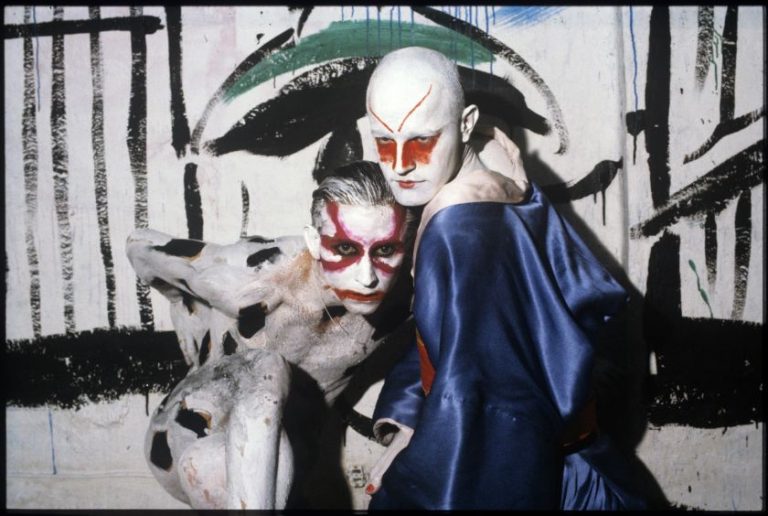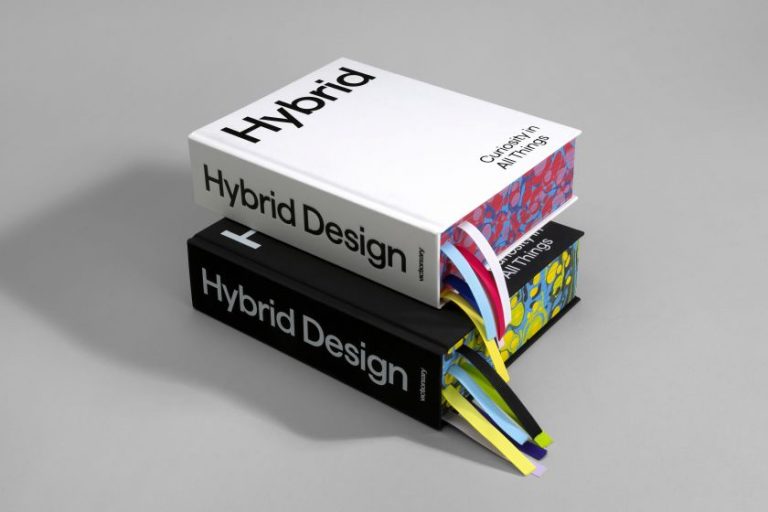Formerly a boutique illustration rep agency, The Different Folk is stepping into a new era as a full animation and illustration production company. Executive Producer and Managing Director Subby Noleen tells us why it was time to own their role as makers – not just matchmakers – and how a playful three-headed creature has become their guiding symbol.
When The Different Folk first opened its doors, it was known primarily as a boutique illustration rep agency. Over the years, though, the team quietly began producing large-scale projects, from colourful installations for NOW Gallery’s Diwali celebrations to immersive window displays for John Lewis.
Behind the scenes, animation was also becoming a central part of its offering, with the studio developing short films and contributing to series work; however, that work is now finally coming to the forefront of the business. The Different Folk has now officially relaunched as a full production company, reflecting both the scope of the work already underway and its ambitions for the future.
Executive producer and managing director Subby Noleen says: “We’d actually been producing work quietly for years… However, because many of those projects won’t be released until 2027 and beyond, a strange gap emerged where the work we were most proud of wasn’t being seen or discussed.
“We’re still seen as illustration reps – when we also look after incredible animation directors and produce animation in equal amounts.”
The shift, she explains, is as much about clarity as it is about creativity. “Evolving into a full production company was about owning that identity and shining a light on what we were already doing.
“Commercially, it’ll allow our clients to see the full breadth of what we can do for them. Creatively, it’s allowed us to bring on more diverse craft-based artists as we now have the right home for them.”
A creature of many voices
Marking this new chapter is a refreshed identity centred around a three-headed mascot. Playful and slightly mischievous, the creature reflects what The Different Folk has always been about: plurality.
“For us, the three-headed creature represents plurality of artist voices, perspectives, and ways of making,” Subby says. “It’s a reminder that creativity is rarely singular. Personally, it speaks to the responsibility and privilege we feel in looking after artists: nurturing their work, their practice, and their vision.”
That ethos extends to how the studio thinks about technology and the future of creativity. “If AI really is going to take away the boring, repetitive jobs, then surely what’s left for us as humans is this – authentic creation, experimentation, and the joy of evolving ideas together,” she continues.
“The creature, with its roots in tribal figures and collective creativity, has become both a symbol and a rallying point for the team.
Beyond borders
One of The Different Folk’s strongest assets is its truly international roster. From Cameroon to Cairo, the artists represented bring different traditions, aesthetics, and cultural perspectives into the mix – something brands are increasingly seeking out.
“Our roster gives us perspective. It forces us to think beyond a Western lens and to ask, ‘whose story are we telling, and why?’ and ‘who gets to tell them’,” Subby explains. “It means our work is rooted in real diversity, not just surface-level representation or some random DEI statement plastered onto our site.”
A recent campaign with Buchanan’s, created with Cuban-born artist Magdiel Lopez, tapped into Latin heritage through bold typography and cultural nuance. The project was shortlisted for a Cannes Lion, and for Subby, it serves as proof of how cultural authenticity can become a strategic advantage.
Independent and intentional
Running as a female-led independent has its challenges, and Subby admits that visibility is one of them. Without the budgets of larger agencies, the team cannot rely on sponsorships or flashy campaigns to gain notice. Instead, they invest their energy into building intimate, lasting relationships with both artists and clients.
“Independence allows us to be nimble and try things fast – we wouldn’t be able to do that with stakeholders,” she says. “We’re not chasing artists who look commercial. We’re drawn to amazing artists who can make commercial work feel exciting.”
That philosophy carries through to the way they handle representation. Subby notes how some briefs arrive with stereotypes baked in, from assumptions about skin tone to clichéd depictions of gender.
“We tend to try to educate in situations like this, the importance of representation, but we’re also ok with not working with brands that are insistent on changing an artist’s signature style. We’re ok to say no.”
The next phase
With the relaunch, The Different Folk is setting its sights on projects that blur the line between art and commerce. “We don’t want you to see an ad and instantly know it’s an ad,” Subby says. “Illustration and animation at their best are beautiful and (hopefully) spark joy – we love the work where it takes you a minute to realise it’s a sponsored project.”
The studio is already developing ambitious plans, including reimagining inclusive playgrounds that combine artistry, accessibility, and tactile design. It’s a direction that signals the kind of risk-taking, boundary-pushing work Subby hopes will come to define them.
“We want to be known for honouring and protecting human craft, creating space for artists to thrive and make a living from their practice,” she says. “We want people to experience it and instantly feel: that was blatantly The Different Folk.”
